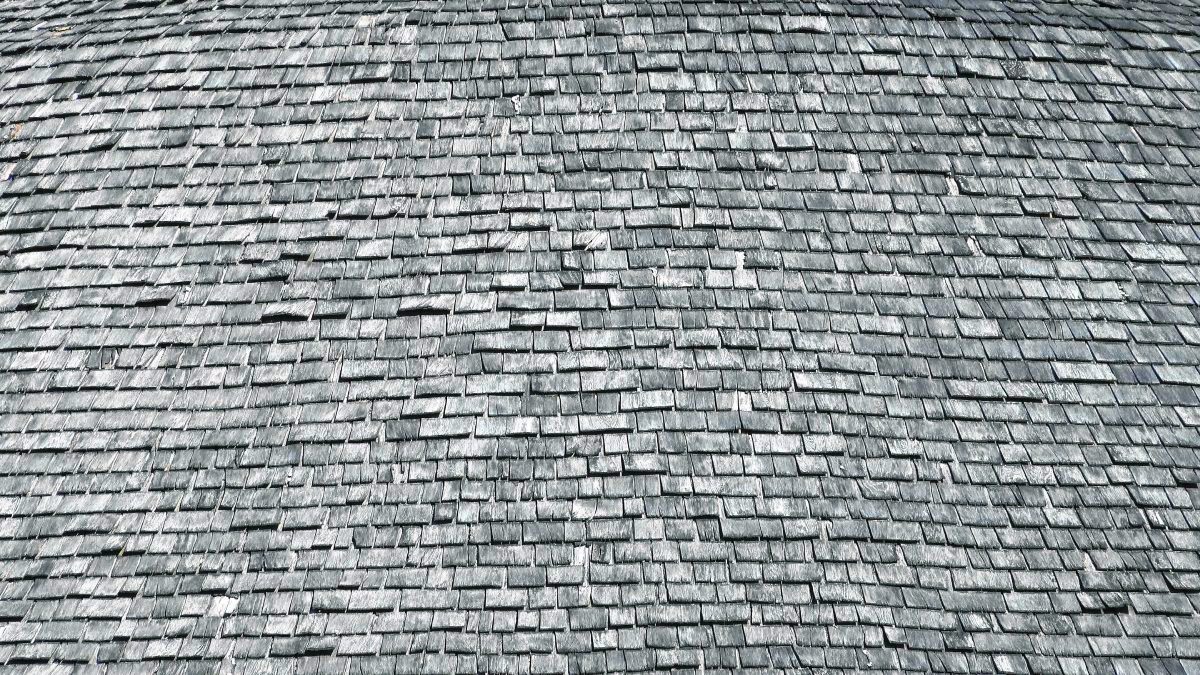From the lush farmland south of Bargersville, a circular oddity rises from the earth.
A round-walled barn — the only one in Johnson County — sits on the property of Circle K Farms. The barn, which was built in the early 1900s, was ideal for keeping cattle and horses during the winter, as the animals were kept around the outside of the structure, leaving the center open for work.
The barn at Circle K Farms is a rarity in Indiana. The structure is one of only fewer than 80 round barns still standing throughout the state, where more than 220 had once dotted Hoosier farms.
[sc:text-divider text-divider-title=”Story continues below gallery” ]
The history, heritage and peril of Indiana’s distinctive circular barns is explored in a new documentary from WTIU Public Television. “A Rural Revolution: Indiana’s Round Barns,” will premiere at 8 p.m. Sunday on WTIU, as well as on Facebook Live.
By capturing and showcases these unique structures, the creators of “A Rural Revolution” hope to help people understand how important round barns were shaping Indiana’s agricultural history, and why they’re worth saving today.
“They were such a central part to our agricultural history, which is a big part of Hoosier history. It’s neat to learn a little bit more about that, and I hope that viewers get that same sense — an eye-opening experience of the impact these barns have had on the state,” said Mark Gibson, producer of “A Round Revolution” and the president and creative director at Envisionary media production company.
The round or polygonal barn was a product of the agricultural innovation that was spreading throughout Indiana, and the rest of the country, in the 19th century.
As farmers experimented with new ways of planting, growing and harvesting, they were also looking for more efficient ways to work and store.
“It came at a time when agriculture in general was a little more progressive. The scientific method was coming about in the late 1800s, on the heals of the Industrial Revolution, and agriculture was part of that — mechanization, finding easier and more efficient ways to do things,” Gibson said.
In addition to the Circle K Farms barn in Johnson County, area round barns include the Rudicel Barn, built in 1910 in Shelby County, the Swartz Round Barn built in Hancock County in 1916, and the Smith-Clay Hills Farm barn built in 1910 near Seymour.
Barns with between six and 16 sides were constructed from 1874 to 1900, then round barns were popular starting around 1889, according to the Indiana Department of Natural Resources historic preservation wing. The invention of circular silos with an elevator to move grain helped usher in truly round barns.
“These new forms were cheaper, multi-functional, and had more open interiors, making them more efficient than rectangular barns of the time,” according to the Department of Natural Resources.
Officials with WTIU, the Bloomington-based public broadcasting station, came up with the idea to examine round barns through a documentary lens. They approached Gibson, who had been with the station and had produced a previous documentary on the history of Terre Haute, to spearhead the project.
Gibson knew nothing about round barns. But he was intrigued.
“It was an interesting idea, so I thought we’d try to tackle it,” he said.
His first order of business was learning the history of these unique structures. One of his main resources was John Hanou, author of “A Round Indiana: Round Barns in the Hoosier State.” The definitive guide to round barns in the state, the book was invaluable laying the foundation of how these barns came to be, and why they were so important to Indiana.
Research was also conducted online and in libraries throughout the state. Armed with that information, Gibson and his team went about organizing it all into a story.
“We wanted a little bit of the history of the barns, why they were built, what the advantages of them were. And then why were they stopped being built?” he said. “There was only about a 30-year window when they were built, then after that, there weren’t any built at all. So I wanted to find out the story of it.”
The filmmakers also spread across Indiana to find these historic structures. Gibson canvassed the backroads of the state, going deep into the country to locate barns in varying conditions and talk to the owners, if possible.
Seeing the buildings up close, walking underneath the massive domed roofs and cupolas, helped put the story of the round barns in perspective.
“That was the best part of the whole project. Roaming the countryside finding the barns I had addresses to, one at a time on some of these trips, was great,” he said.
Being able to speak with those who owned the barn was also vitally important to the documentary, Gibson said.
“Every single time, they were generous with the time. They were used to people stopping and asking about their barns, and they seemed to enjoy that process,” he said. “They were proud of the barn, sharing some of the stories and personal history of them.”
“A Round Revolution” premiers on Sunday, then will air repeatedly over the next week. Gibson hopes that those who view it discover a new part of Indiana history that they had not known before.
“I hope they get a new appreciation for these barns. I’d never considered round barns at all, the history or the people involved in building them or using them,” he said.
[sc:pullout-title pullout-title=”At a glance” ][sc:pullout-text-begin]
"A Rural Revolution: Indiana’s Round Barns"
What: A documentary looking at the history and present of round barns throughout the state.
Who: WTIU Public Television
When:
WTIU HD (Channel 30.1)
- 8 p.m. Aug. 30
- 12:30 p.m. Sept. 1
- 6:30 p.m. Sept. 5
- 10:30 a.m. Sept. 6
WTIU World (Channel 30.2)
- 5 p.m. Aug. 31
- 8:30 p.m. Sept. 4
Information: wtiu.org/roundbarns
[sc:pullout-text-end]





